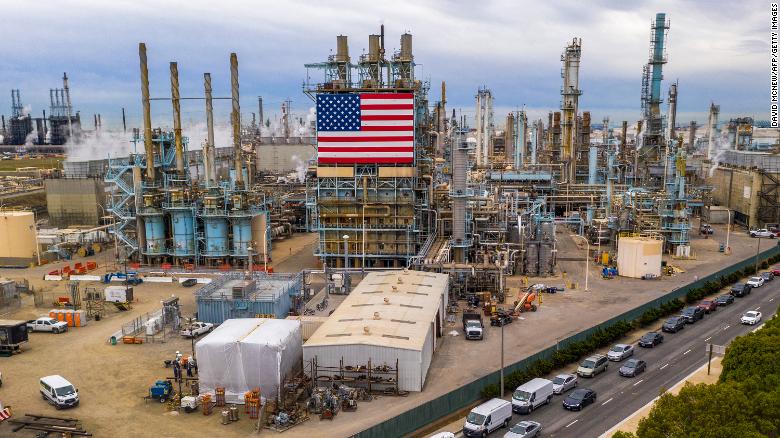Concerns regarding economic growth have placed oil prices on a downward trajectory, as slower economic activity typically leads to reduced demand for petroleum products. Preliminary estimates from the United States (U.S.) Energy Information Administration (EIA) indicates that global petroleum consumption recently exceeded production levels, a trend that would ordinarily drive prices higher.
However, according to the EIA, oil prices declined instead, burdened by mounting concerns over the outlook for global economic growth.
“Although our preliminary world petroleum supply and demand estimates suggest global consumption outpaced production, which typically puts upward pressure on prices, oil prices largely fell following concerns surrounding future economic growth,” the EIA said in an analysis of the first quarter released on May 1.
This comes on the heels of Guyana’s President Irfaan Ali – during the CERAWeek conference in Houston in March – announcing that Guyana is considering a plan to export crude oil to the U.S. for refining and return fuel for domestic supply and sale to neighboring countries.
US$300M refined fuel deal being fine-tuned with US company – Ali | OilNOW
Presently, Guyana’s light crude is primarily refined in European countries like the Netherlands, Spain, Romania, and the United Kingdom.
The EIA noted, “According to the U.S Bureau of Economic Analysis, U.S. GDP declined 0.3% in [first quarter 2025] 1Q25. This marks the first economic contraction since 1Q22. Economic growth concerns weigh on oil prices because a decline in economic activity reduces demand for oil.”
Common large-scale activities that may impact global crude oil demand and prices include: increasing energy efficiency, promoting renewable energy and decreasing industrial production. With these and more declining, so will the demand for crude oil and petroleum products.
US Energy Agency forecasts falling oil prices and slower production by 2026 | OilNOW
Charts depicting Crude oil prices and U.S refinery margins for the period Jan 01, 2024 to Mar 31, 2025.
The general decrease in crude oil prices on the global market was seen during the first quarter of 2025. The market saw its quarterly high on January 15, with one barrel of oil being sold at US$82. After this, there was a general price decline, ultimately settling at US$75 per barrel on March 31.
U.S. refinery usage has also experienced an unexpected decline, the agency observed. It noted that U.S. refinery utilization began in 2025 at 93% but steadily declined, falling below 90% in mid-January and ending the first quarter at 86%. The Midwest maintained high utilization rates, remaining above 90% throughout the quarter except in the final week. On the West Coast, utilization rose from 80% to 90% in January and February before dropping below 75% by late March. The East Coast saw the steepest decline, starting the year at 83% but falling below 60% in late February and finishing the quarter at just 59%.



